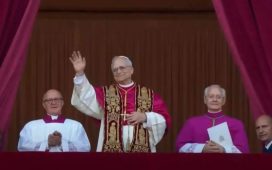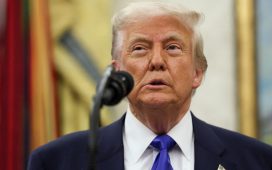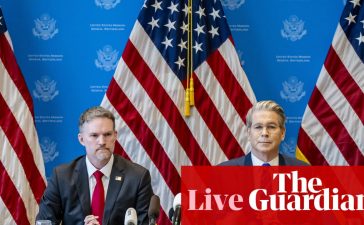
“There has been a significant rise in medical expenses, fuel costs and overall inflation. Keeping in mind the increase in personal expenditure it is popularly expected to enhance the standard deduction to Rs 1 lakh from the existing limit of Rs 50,000,” said the firm in a note.
The Union Budget will be Prime Minister Narendra Modi-led coalition government’s first major policy announcement after the 18th Lok Sabha polls.
With the objective to have more net disposable income which can either be spent on consumer goods or channelised as savings, it is a popular expectation that the basic tax exemption limit under the default new tax regime be increased to Rs 5 lakh from Rs 3 lakh, it said.
Read More: Income tax cut in Union Budget 2024: India’s middle-class is asking for it but may not get it What are expectations regarding home loans?
With regard to housing loans, the firm believes said there is mounting pressure on the real estate sector with recent hikes in interest rates and regulatory reforms. To solve these challenges and foster home ownership, it is suggested that the government may reconsider allowing deductions for interest on self-occupied housing loans even under the new default tax regime or enhancing the deduction in the old tax regime to at least Rs 3 lakh. Irrespective of the tax regime, it said, the capital gains tax structure in India today is multilayered and has differential rates for different types of assets.
Even the period of holding for a capital asset to qualify as long-term (vis-a-vis short term) varies significantly e.g., for listed equity shares it is 12 months whereas for real estate it is 24 months and for debt instruments, it is 36 months, it said.
“While historically there may have been reasons for creating a complex structure in line with this government’s stated objective of simplifying the tax system it may be worthwhile to provide a more uniform capital gains tax structure (both in terms of period of holding and rate of tax),” it said.
What are expectations for custom rates?
From the customs standpoint, it expects continued focus of the government on alignment of tariff rate changes with the industrial policy objective of encouraging deeper value addition in India.
Coordination of change in Customs tariff rates and roll out of technical barrier to trade is also expected to continue, it said.
(with agency inputs)










